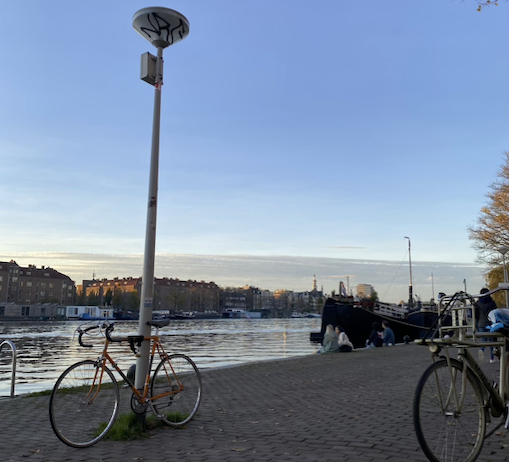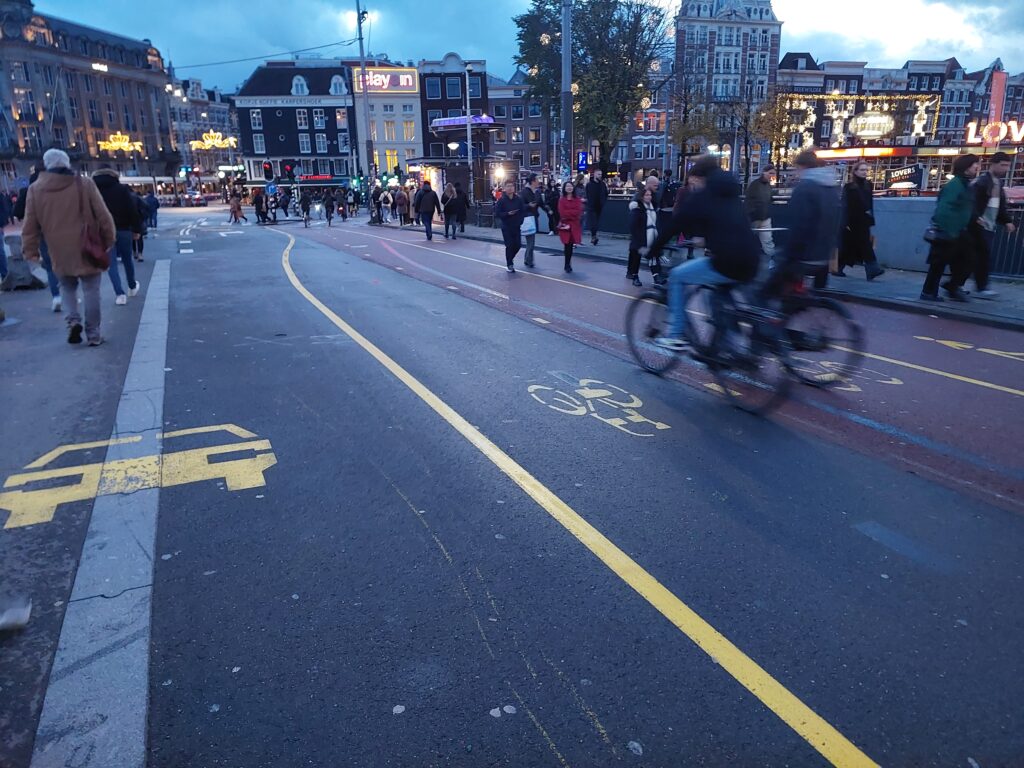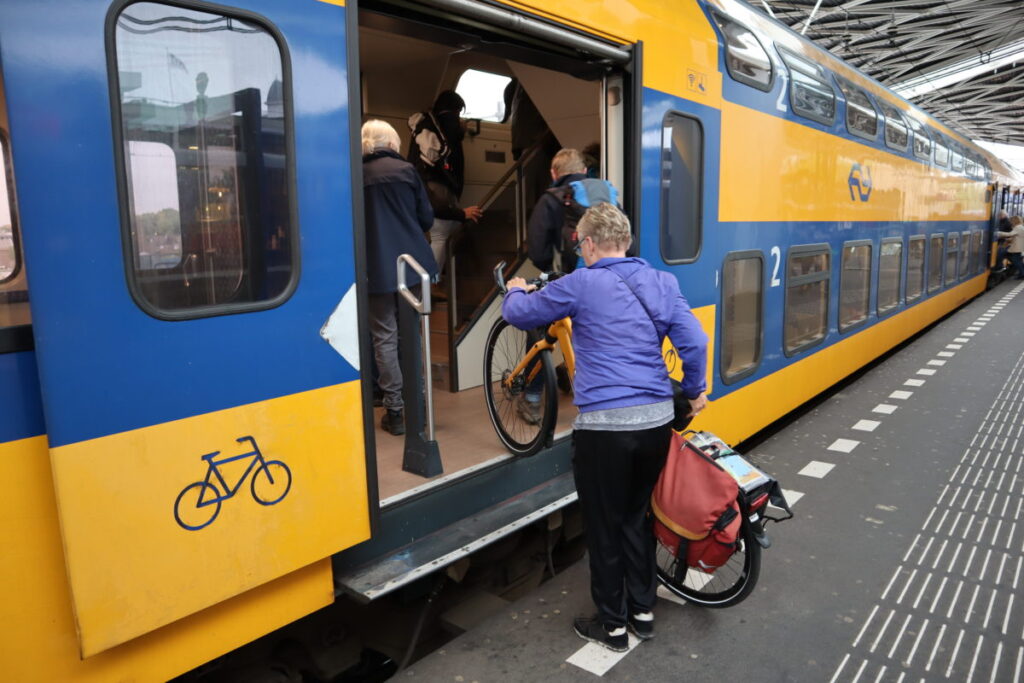Written by Desmond Lartey | LinkedIn
Have you ever considered how walking or cycling could change our cities? In numerous African cities where traffic congestion and pollution are persistent issues, actively promoting these modes of transportation is not solely a lifestyle choice, but rather an essential aspect of sustainable urban living. Our recent study examines this very topic. We investigated how African cities can develop the infrastructure necessary to support active transportation. This goes beyond simply constructing more sidewalks or bike lanes. Instead, it involves a fundamental shift in the way cities approach transportation.

The outcomes of our study are as follows:
1. Recognize the Specific Dynamics of Each City in Africa. Every city in Africa presents its own set of challenges and opportunities when it comes to promoting active travel. It is essential to consider the local context before making any changes, as what may prove effective in one city may not necessarily be effective in another.
2. We propose a framework that consists of a three-tiered governance approach encompassing individual, organizational, and environmental aspects. At the individual level, this entails altering mindsets and motivating individuals to engage in more walking and biking activities. Organizationally, it requires commitment from political leaders and the creation of necessary infrastructure for cycling and walking. Environmentally, it involves fostering an overall supportive setting that includes legal, social, and cultural factors that facilitate the success of these initiatives.
3. Working together is crucial. Achieving this transformation cannot be accomplished by one governance entity alone. This necessitates cooperation among governments, local communities, and international organizations. By forming this alliance, customized strategies can be developed to address the unique active travel requirements of each city.
4. Our framework is designed to be adaptable to various contexts. It offers flexibility that is essential since the requirements of one country may differ significantly from those of another.
5. In addition to infrastructure, it’s crucial to consider active travel as part of a comprehensive system. This must encompass a range of factors, such as policy incentives, public awareness campaigns, and more. Although infrastructure is significant, it is not the sole solution.

Our research serves as a call to action, advocating for a shift away from car-centric policies towards more sustainable modes of transportation. African cities have the chance to spearhead this change and create healthier and more liveable urban environments for all. While the path towards sustainable urban mobility is intricate, it is also filled with potential. By adopting this capacity building framework we proposed at various levels, African cities can unlock possibilities and transform them into models of sustainable development.

Photo by Jennifer Chukwuka
Read the publication:



